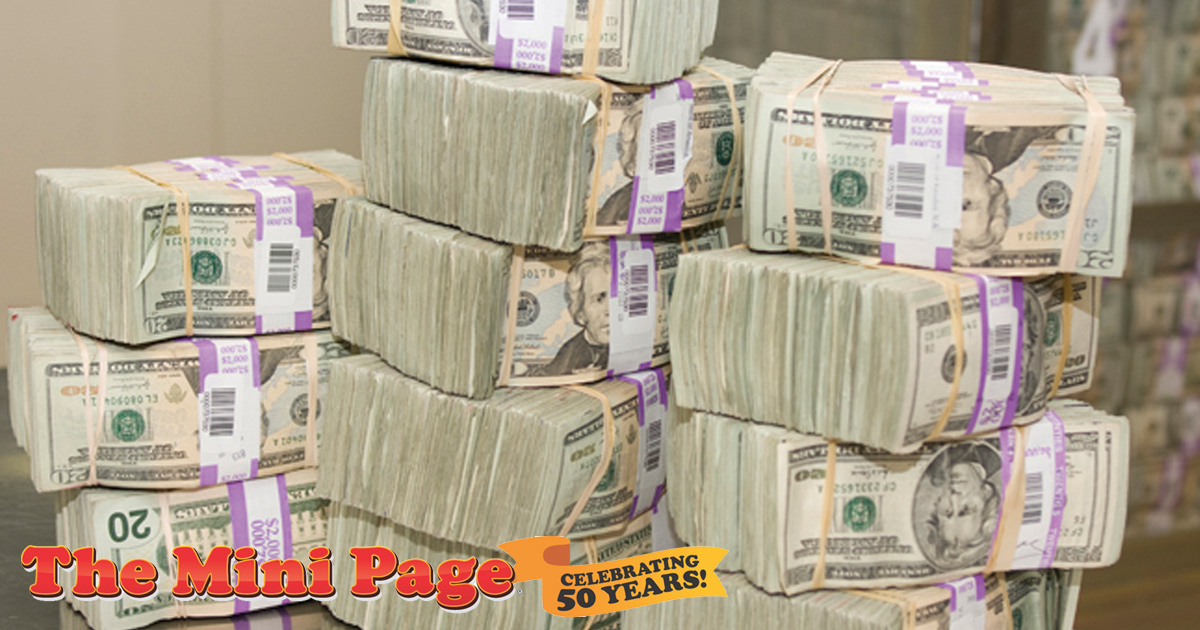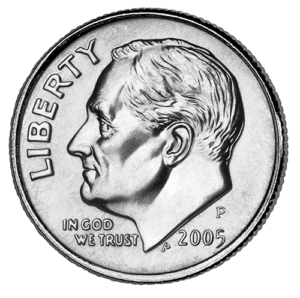
AMP | Kids is proud to announce an ongoing partnership with The Mini Page, now in its 50th year of providing engaging and fun learning opportunities to young readers across the country. This feature was originally syndicated in newspapers the week of October 3 – October 10, 2019. It is distributed digitally here with permission from Andrews McMeel Syndication. Enjoy and share with the young learners in your life!
As candidates for president are reminding voters all the time, the health of our nation’s economy is an important issue. It can also be a hard thing to understand. This week, The Mini Page takes a look at one aspect of the economy: where money comes from and how banks and the Federal Reserve Bank, or the Fed, manage the flow of it.
History of the Fed
The idea of a central bank came up again and again during the early days of the United States. Some wanted a central bank to create one currency, or paper money in circulation, for all the states. They thought it would help make the economy more secure. Others feared such a bank would give bankers and businesses too much power.
In 1912, President Woodrow Wilson asked for a proposal for a central bank that would divide its powers among different parts of the country. The Federal Reserve Act became law in 1913. It was a compromise, or settlement of differences, between the central bank that private bankers wanted and the decentralized bank that much of the public wanted.
A bank’s bank
One way to understand the Fed is to think of it as a “bank’s bank.” A reserve bank stores and distributes currency and coins to commercial banks. (A commercial bank is one that holds accounts for the public and businesses. You may have an account at a commercial bank.)
The source of money

The dime shown here has a small P under Franklin D. Roosevelt’s profile. The P means the dime was minted, or made, in Philadelphia.
The Bureau of Engraving and Printing supplies the regional reserve banks with paper money. In the United States, our money is called Federal Reserve Notes. These are produced in either Fort Worth, Texas, or Washington, D.C. Coins come from the U.S. Mint. The coins we use are produced in Denver, Philadelphia, San Francisco and West Point, N.Y.
Commercial banks keep a certain amount of their money in the form of coins and currency. If a bank needs more money, it asks the regional reserve bank to send it more. Detailed records are kept of the money coming in and going out of the regional Fed banks.
Money Fact-a-roonies
- Large denomination, or value, bills, such as $500, $1,000, $5,000 and $10,000 bills, were printed until 1945. Those that were still circulating were removed in 1969.
- U.S. currency is made up of 25% linen and 75% cotton.
- When commercial banks send extra currency to the regional Fed, 15% of the returned bills are destroyed because they’re worn out.
Resources
On the Web:
At the library:
-
Curious About Money by Mary E. Reid
Teachers: For standards-based activities to accompany this feature, visit Andrews McMeel Syndication. And follow The Mini Page on Facebook!
